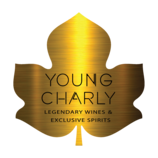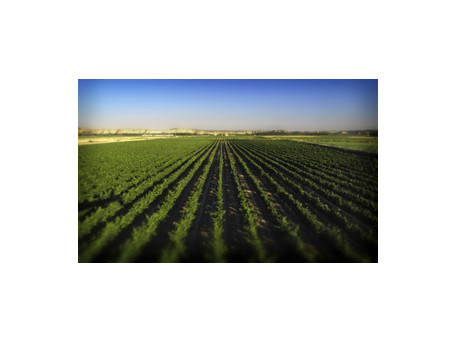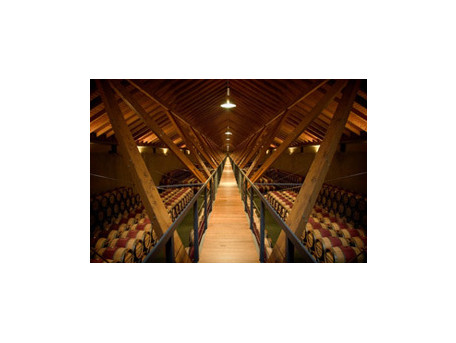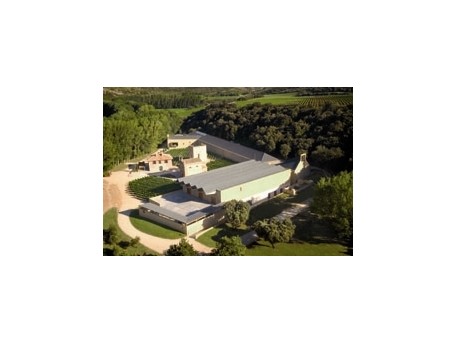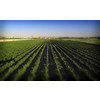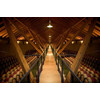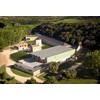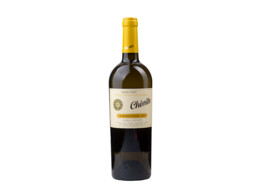Bodegas Julián Chivite
11 generations of wine history
Most wine books record that the Marquis of Murrieta (1852) and the Marquis of Riscal (1858) were the first to cultivate wine in Spain. However, by then the Chivite family had been engaged in viticulture for more than two centuries, albeit not in Rioja, but in Navarre. The oldest document dates from August 1647, in which Juan Chivite Frías and his sister-in-law María Rubio borrowed 100 ducats to buy vineyards. After eleven generations, always passed down from father to son, the winery is today managed by the four children of Julián Chivite: Mercedes, Julián, Carlos and Fernando.
Growth under Julián Chivite Marco
Worldwide fame came to the family when Julián Chivite Marco, for whom the bodega is now named, took the helm in 1948. He focused exclusively on quality wines, which produced immediately noticeable results in the vineyards and cellars. In 1967 the DO Navarra was created, of which Julián Chivite was one of the founding members. For his great contribution to the Spanish wine industry in the 20th century, he received a special honor in 1980 and the "Encomienda de la Orden del Mérito Agrario" from the King of Spain in 1992. After his death in 1998, Bodegas Julián Chivite became one of the five founding members of the Foundation for Wine and Culture, along with Codorníu, La Rioja Alta, Marques de Riscal and Vega Sicilia.
Unique location, exception in Spanish wine world
Within Spanish wine production, mainly characterized by a Mediterranean climate, Legardeta manages to distinguish itself. The property is located in an area with strong Atlantic-Continental influence and an average annual temperature of 12.8°C. Here there are some really hot summer days and a big day-night temperature swing at the end of summer. This promotes color in red grapes and acidity retention. The average annual precipitation is 600 mm.
Legardeta's unique location allows the grapes to ripen slowly and completely, which is essential for quality wines with a fresh, elegant character. Finca Legardeta is located in a complex geological area between the Pyrenees and the Ebro River, at an average altitude of 450 m.
All plots share some common characteristics, such as a calcareous sandstone subsoil and loamy soils with varying amounts of clay and lime. These poor soils offer a good balance between nutrient retention and water delivery to the vine. This helps produce big, supple wines with elegant aromas.
The rolling landscape with slopes up to 20% offers a variety of vineyards with the same basic elements, but each with its own character. This allows experimentation with different exposures and soils for each grape variety.
The choice of grape varieties is important to complete the "terroir circle". The quality of a wine depends not only on the potential of the grape variety, but on its suitability for the terroir. Research showed which varieties are best suited to Legardeta's climate, followed by a detailed study of plots and influences. This showed variability with temperature differences of up to 6.2°C in a single day.
Conclusions were quickly drawn, supported in part by traditions (such as Tempranillo and Garnacha), and in part by the success of other varieties that fit well with Legardeta (such as Chardonnay and Syrah).
Royal quality
Colección 125 was launched in 1985 to celebrate the 125th anniversary of the winery's first export in 1860. A few years later, in 1993, the first vintage of the Colección 125 Chardonnay appeared, which is now considered one of the best white wines in the world. In Legardeta, the Chardonnay has found a special place, thanks to ideal climatic and soil conditions. This makes it possible to produce wines of unique typicity, complexity and exceptional aging potential, the likes of which are found only in very few terroirs in the world.
The Colección 125 Blanco comes from selected grapes from a single plot, "Las Mercedes," located on a north-facing slope with a clay-loam texture at an altitude of 480 m. This location, combined with the Atlantic-Continental influence, allows the Chardonnay grapes to ripen gradually. This prevents dehydration and excessive alcohol development, while maintaining excellent acidity, aromatic potential and expressiveness.
The grapes are harvested by hand and carefully crated to arrive at the winery undamaged, where they are then sorted. After a short maceration, the grapes are pressed under low pressure. Only the best free-draining must is used and this is transferred to 225-liter barrels, where it ferments and matures for about a year, with the groin in suspension.
On May 21, 2004, at the gala dinner prior to the royal wedding of the Kings of Spain, Felipe VI and Letizia Ortiz, Chivite Colección 125 Blanco was toasted by members of prominent European houses and international celebrities.
This wine was named the best white wine in the world by Sibaritas magazine. In a blind tasting organized by the magazine, Spanish white wines were judged alongside a selection of the 23 greatest white wines in the world.
MAIN DISTRIBUTOR FOR BELGIUM!
